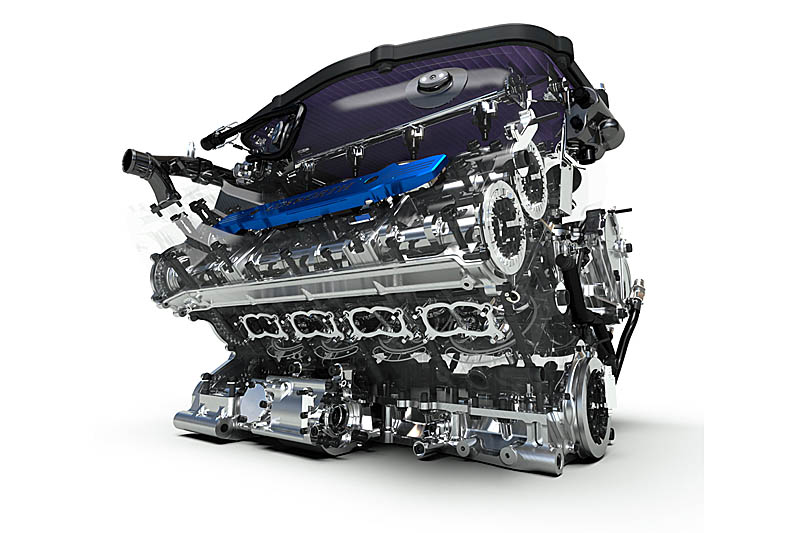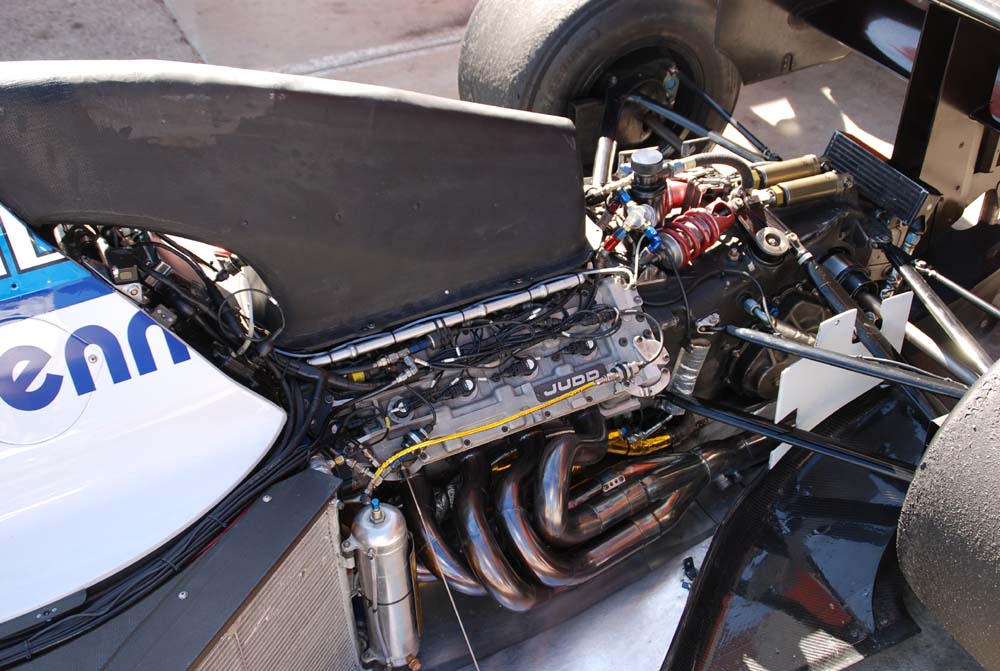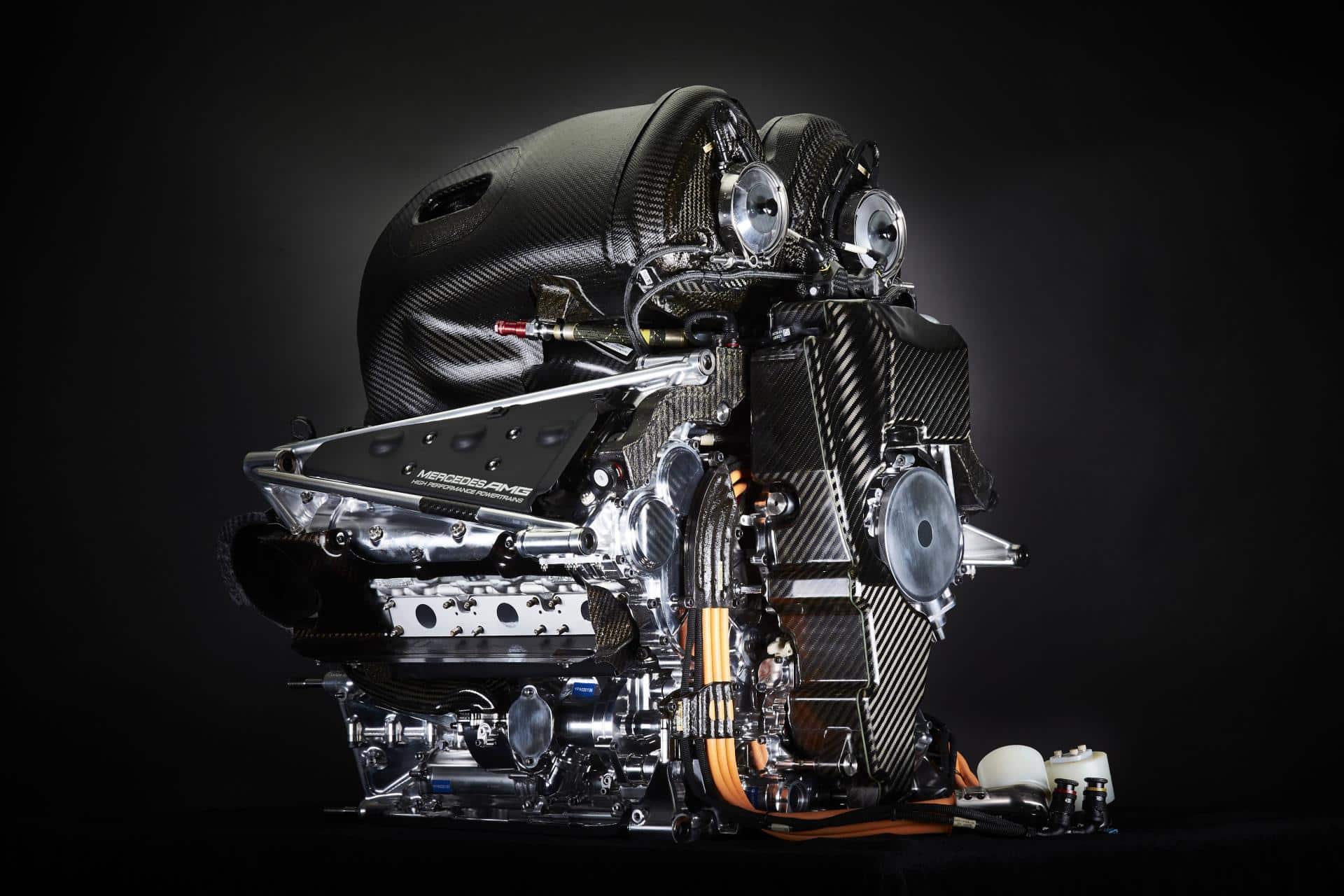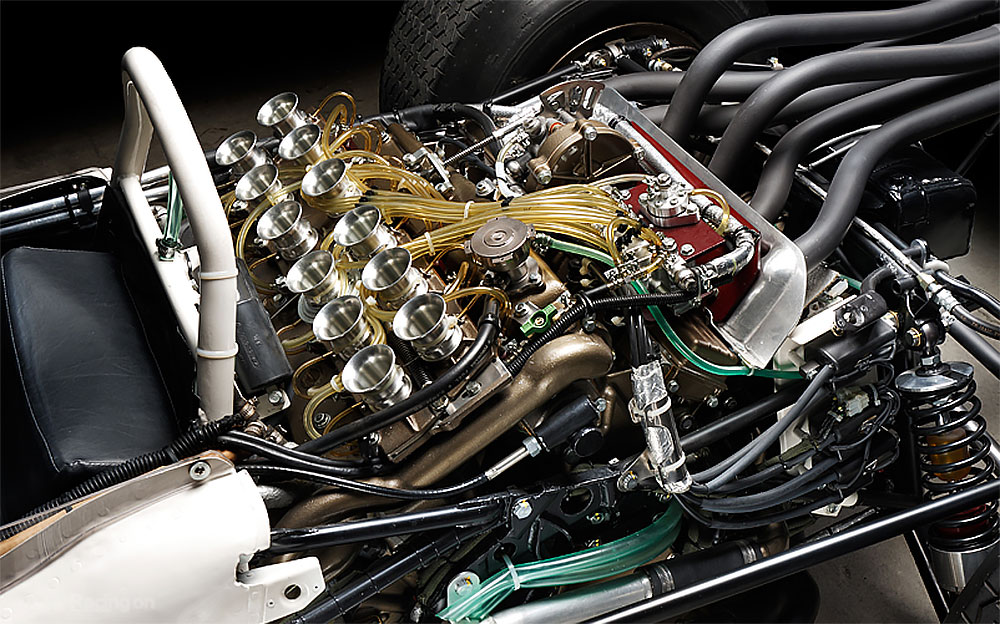Two F1 Engines Built Nearly 50 Years Apart Show How Far Racing

Jan 21 2 min read The History of Engines in Formula One: From the Earliest Designs to Today's Cutting-Edge Technology Updated: Jan 23 Introduction Since the beginning of Formula One in 1950, engines have been a critical part of the sport.
1986 Renault V6 Turbo EF15 Engine F1 Renault, Race engines, Engineering

1950. 1 - 39. Photo by: Motorsport Images. The front-engined Alfa Romeo 158 produced around 400 bhp and dominated the first two F1 championships in 1950 and '51. Previous article Alonso says no time for 'coffee break' with new F1 cars. Next article Hamilton: Vettel a bigger challenge than Rosberg.
McLaren Formula 1 History of the F1 engine

How do F1 Engines Work? F1 engines are based on a common formula that is defined by the FIA, the governing body of the sport. The current formula, which was introduced in 2014 and will.
Honda F1 History SCUDERIA TORO ROSSO

With the FIA World Motor Sport Council approving the all-new power unit regulations set to come into effect at the start of the 2026 season, the latest instalment of F1's Tech Talk takes a look at the road to get to this point, with a brief history lesson on engine development in the sport.. Tech Talk presenter Sam Collins talks us through the complex journey from the 1947 engine regulations.
F430 F1 Engine Picture

Formula 1 racing began in the 1950s, and the engines used in those days were vastly different from what we see on the grid today. The first World Championship season in 1950 featured naturally aspirated, front-engine cars with relatively low power outputs.
The fastest F1 engine ever?

Throughout the late 1970s and most of the 1980s, perfected variants of the 1.6 litre V6 turbo engines remain the standard in Formula 1. This period was known as the turbo era. It wasn't until 1989 that Formula 1 became turbo-free and naturally aspirated yet again with a 3.5 litre N/A engine. With this new engine regulation, teams were divided.
F1 EngineWS '07 by Skunkman001 on DeviantArt

The ground-effect era saw some of the most exciting cars in Formula 1 history, with teams pushing the boundaries of technology to gain an edge over their competitors.. The 1980s saw the rise of turbocharged engines, which revolutionized Formula 1. The engines were smaller, around 1.5 liters, but could produce up to 1500 horsepower. This.
The greatest engine in Formula 1 history F1 Autosport Plus

More than Monte Carlo in May, this race was the real opener of the 1967 Formula 1 season; it brought the finest lineup to date of 3-liter 1-man cars. Two were brand new and untried: the.
Ford Cosworth DFV Named Top F1 Engine

1 2023 engine manufacturers 2 Former engine manufacturers Toggle Former engine manufacturers subsection 2.1 Indianapolis 500 only 3 Notes
Gordon Murray T.50 V12 Supercar Detailed, F1 Engine for the Road

Highlights of the M12/13/1 include the highest recorded straight line speed in Formula 1 history, when Gerhard Berger's Benetton B186 was clocked at 219 mph. Despite earlier successes of the design, the BMW engines didn't fare well in their last season in 1986. The design suffered from issues related to high fuel consumption and cooling.
Honda f1 engine history

Welcome to a new series, Track Evolution, where we show the incredible innovation from F1 over the years. Showing how F1 engineering, cars and tracks have ev.
Mercedes F1 Engine Wins Powertrain Innovation of the Year Award

Mar 13, 2023 The history of Formula One dates back to 1950. The first World Championship race was held at Silverstone in the United Kingdom. Since then, the sport has grown into a global phenomenon. There are millions of fans tuning in to watch the high-speed, high-tech, and high-stakes competition.
A History Of Engine Manufacturers formula1

Formula One tyres Lists Records Organisations v t e A Formula One car or F1 car is a single-seat, open-cockpit, open-wheel formula racing car with substantial front and rear wings, and an engine positioned behind the driver, intended to be used in competition at Formula One racing events.
Camino a la competición del motor. Parte III Empieza lo bueno

Formula 1 engines have been the pinnacle of automotive engineering since the sport's inception, constantly pushing the boundaries of power, innovation and efficiency. From the pioneering use of turbochargers in the 1970s to the ground-breaking hybrid systems of today, the F1 engine has undergone an incredible evolution over the past 70 years.
Formula 1 Engines All you need to know about F1 car engines

Honda in Formula One The Japanese automobile manufacturer Honda has participated in Formula One, as an engine manufacturer and team owner, for various periods since 1964. Honda's involvement in Formula One began as a full team and engine entry in the 1964 season, and in 1965 they achieved their first victory at the Mexican Grand Prix.
F1エンジンの歴史 馬力・気筒数・排気量の推移を振り返る F1ニュース速報/解説【Formula1Data】

History Early years and continuation of pre-World War II supercharged engines (1946-1950) Formula One was first defined in 1946 by the Commission Sportive Internationale (CSI) of the FIA, forerunner of FISA, as the premier single-seater racing category in worldwide motorsport to become effective in 1947.